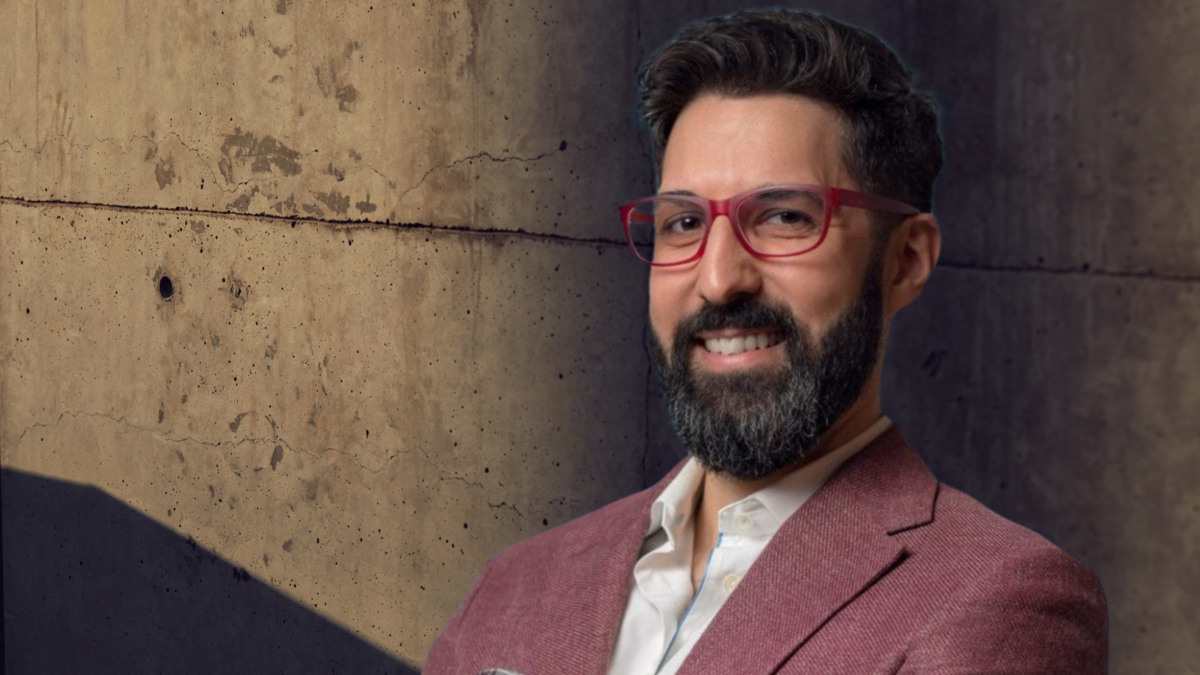Why investors need a new approach to diversification, downside protection
True diversification is all about owning assets that work when other assets don’t, and there’s a good reason bonds and equities have comprised the foundation of portfolios almost since time immemorial.
But we’ve now been through a period where that traditional asset allocation model has “almost completely broken down”, according to Tom Boyle, portfolio manager for Atlantic House’s uncorrelated strategies fund. And while central banks around the world are now cutting rates, that could easily go the other way in the event of a chunky economic shock.
“Investors have learned that central banks can’t control things like supply chains; it’s just out of their hands and they have to go further than they thought they would – and stay there for longer,” Boyle tells The Inside Adviser. “You can’t rely on the Fed Put all the time.”
“Something which derives its returns from non-equity or non-fixed income premia is a good idea and adds something to the portfolio that makes money in the long-term and helps you out when that traditional asset allocation protection falls down.”
The uncorrelated strategies fund was set up post the Covid-19 market drawdown, when demand for tail risk hedging was particularly high. Commercially, tail isn’t always the best idea in the world, Boyle says – you have to keep going back to the derivatives markets and raise a significant percentage every year just to “stand still” – and immediately after a tail risk event is the worst time to buy protection against one, for the same reason it’s expensive to insure your house after a storm has blown the roof off.
That meant designing it slightly differently. The fund is structured to deal with big, rapid risk-off scenarios, as well as slower moving drawdowns, and comprises a bundle of long volatility strategies to hedge against extreme market events and diversifier strategies that are supposed to generate returns in normal market conditions, including volatility carry, dispersion and non-directional carry.
“Markets going up very quickly and down very quickly are of equal importance to us,” Boyle says. “If you think about fixed income during Covid, bonds rallied very, very hard. In 2022 they sold off very, very hard, and we did well owning that fixed income volatility.”
Tail risk hedging usually comes with a tough psychological problem for its investors. Most of the time it doesn’t do anything, but you pay for it anyway, and you pay a lot. Eventually, you want to stop paying – just like some big investors did with their tail programs in early 2020, effectively cancelling their insurance policy just before that big storm blew through town.
“We have a slightly different approach to (some tail strategies); we’re not in it to make 8000 per cent – 40-50 per cent would be fine, but if we can make sure the bleed on an ongoing basis is much less than 25 per cent every year, that’s good,” Boyle says.
“There’s a trade-off with all of these things. It’s the same thing as insurance; if you spend a fortune on insurance, when you go to make your claim they don’t ask any questions and there’s really low excess. If you pay more reasonable premiums it’s not dead certain all the time, but you’ve got a reasonable certainty of being protected… We wanted something clients could have a strategic allocation to.”
But while true diversification might mean owning things that work when other things don’t, it’s lately been confused with having lots of different types of assets in the portfolio – even when all those assets move in roughly the same direction at all times. That hasn’t stopped big investors from piling into the private markets, which are “uncorrelated as a function of the valuation”.
“But if you scratch just beneath the surface, across holdings in one private equity fund and another private equity fund, they often have very, very divergent values,” Boyle says. “To realise those gains you have to have someone buy that company or sell it to somebody else. That’s far easier said than done – and in an event where you have a proper crisis, anything risk-based – particularly things with quite high dependency on more cash, if people start conserving cash all those correlations will go to one.”











